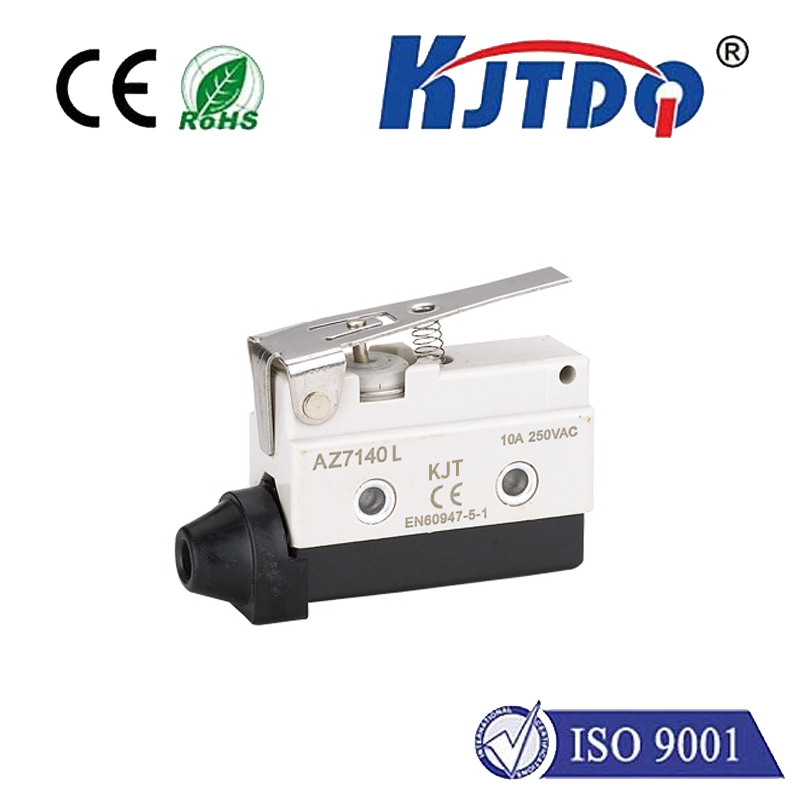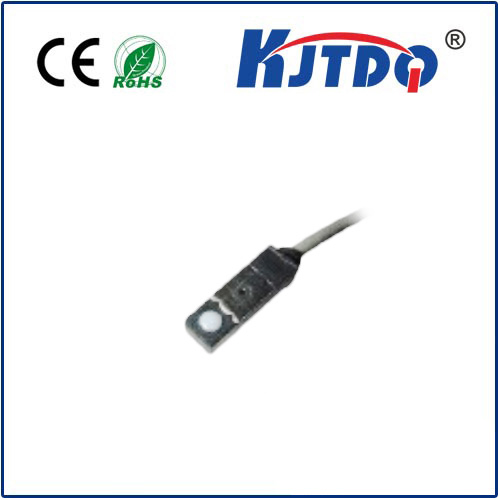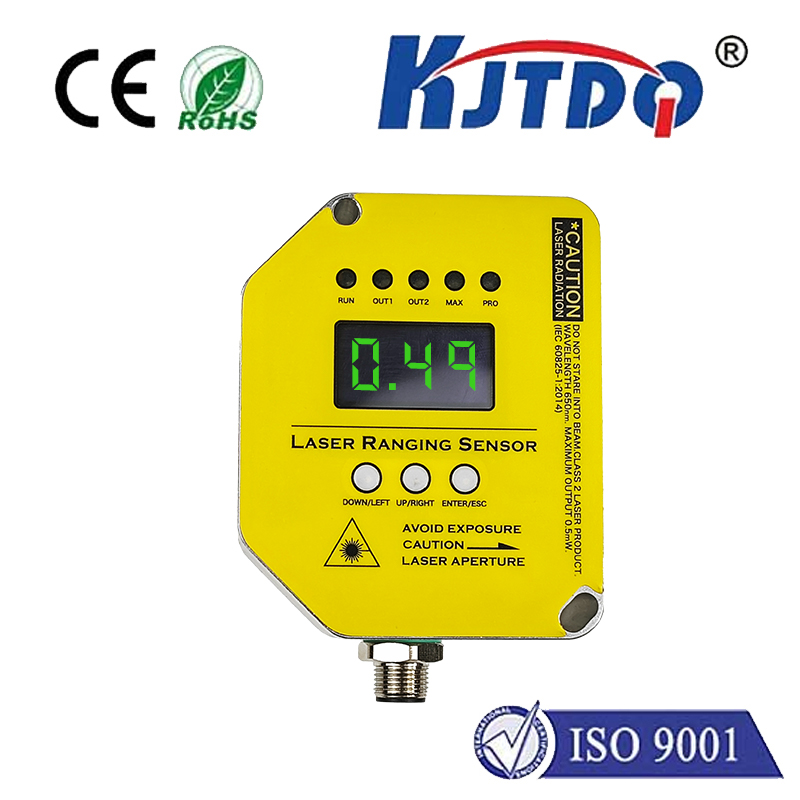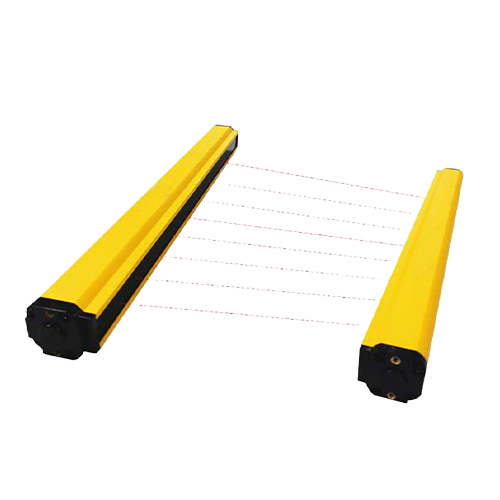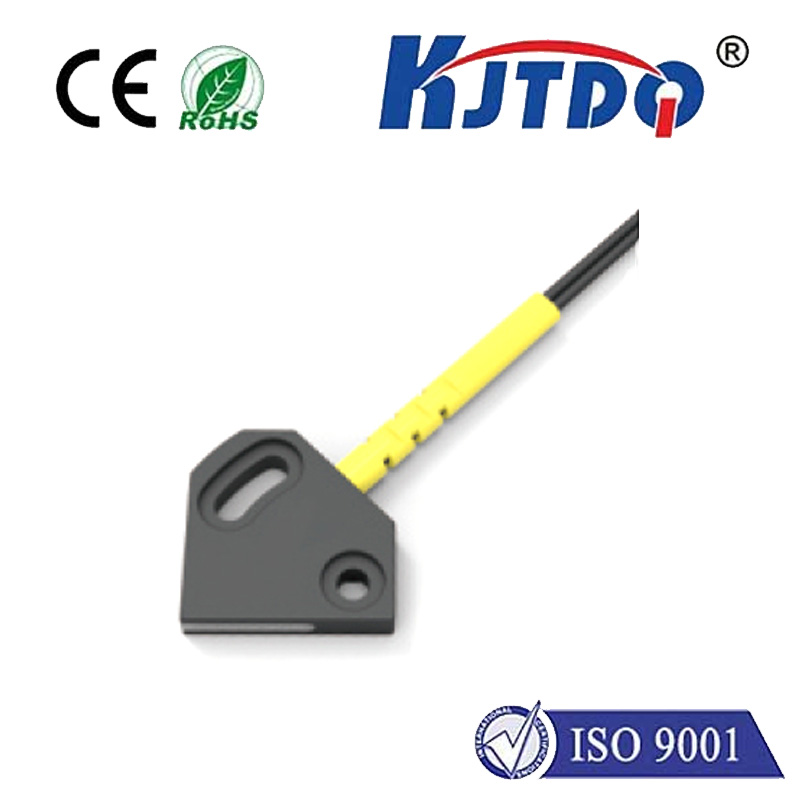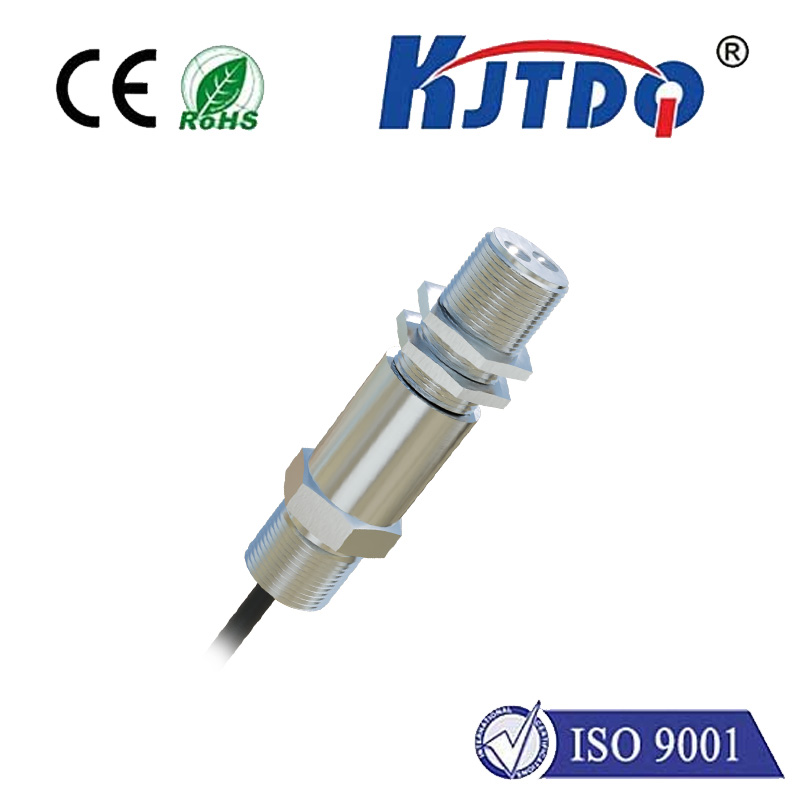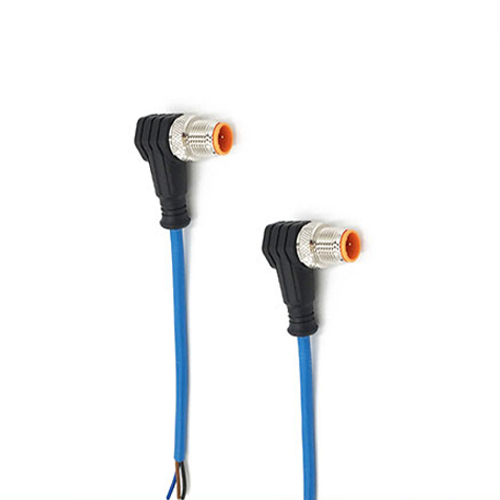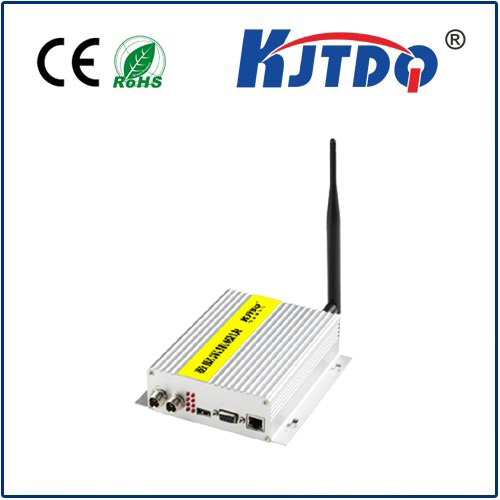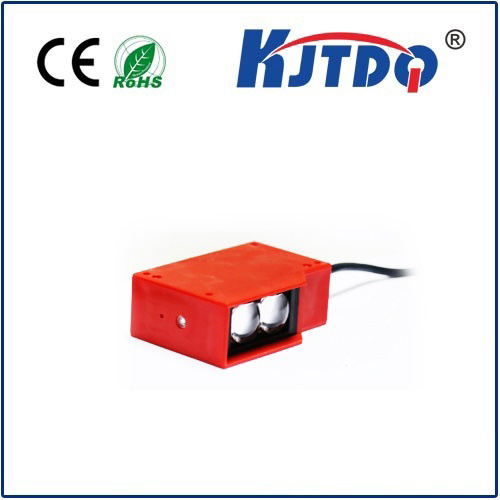capacitive type proximity sensor
- time:2025-06-19 01:30:43
- Click:0
Unseen Guardians: The Silent Power of Capacitive Proximity Sensing
Ever tapped your phone screen, opened an automatic soap dispenser, or marveled at machinery avoiding collisions seemingly by magic? Chances are, a silent sentinel was at work: the capacitive proximity sensor. These remarkable devices detect the presence or absence of objects without any physical contact, making them indispensable across countless modern applications. But how do they achieve this seemingly effortless detection? Let’s delve into the fascinating world of capacitive sensing.
At the Heart of It All: The Capacitance Principle
The core concept behind capacitive proximity sensors is elegantly simple: they detect changes in capacitance. Capacitance is an electrical property that describes an object’s ability to store an electrical charge. Think of it like a tiny, invisible energy bucket. A basic capacitor consists of two conductive plates separated by an insulating material (dielectric). The capacitance value depends on the plate size, distance between them, and the dielectric material’s properties.
A capacitive proximity sensor essentially creates one plate of this capacitor. The sensor’s active surface acts as one electrode. The detectable object (whether conductive like metal or non-conductive like plastic, wood, or even a human hand) acts as, or influences, the second electrode. The air gap (or any non-conductive material between them) serves as the dielectric.
How Does Detection Happen? The Invisible Interaction

Here’s the crucial sequence:
- Oscillator & Field Generation: The sensor contains an electronic oscillator circuit generating a high-frequency electromagnetic field that radiates from its active sensing surface.
- Target Approach: When a target object enters this field, it disturbs it. The nature of the disturbance depends on the target:
- Conductive Targets (Metal, Water, Human Body): These effectively become the second plate of a capacitor. They readily absorb charge from the sensor’s field. This creates a new capacitance pathway – a parasitic capacitance – between the sensor electrode and the target.
- Non-Conductive Targets (Plastic, Wood, Glass, Liquid Levels): While not conductive themselves, they have a different dielectric constant than air. Introducing this different dielectric material between the sensor and ground (or a background object) alters the existing capacitance field.
- Capacitance Shift: In both cases, the result is the same: the capacitance within the sensor’s field increases. The sensor constantly monitors its own oscillation amplitude.
- Amplitude Change: The increase in capacitance caused by the target damps the oscillator’s amplitude – essentially weakening the strength of the generated electromagnetic field.
- Signal Processing & Output: Sophisticated circuitry within the sensor (trigger circuit) detects this drop in amplitude. Once the change exceeds a predefined threshold (the sensing range), the sensor triggers its output signal. This typically means switching a solid-state output (like a PNP or NPN transistor) to signal “object detected” to a controller (PLC, microcontroller, etc.).
Key Differentiators: Why Capacitive Sensors Stand Out
Several features make capacitive sensors exceptionally versatile:
- Material Agnosticism: Unlike inductive sensors (which primarily detect metals), capacitive sensors are famed for detecting almost any material. They excel with liquids, granular solids (powders, grains), plastics, wood, glass, and even detect humans reliably. This versatility is arguably their greatest strength.
- Non-Contact Operation: Detection occurs without physical touch, eliminating wear and tear on both the sensor and the target. This ensures long operational life and prevents contamination in sensitive environments (food, pharma).
- Ability to Sense Through Barriers: A unique capability is the potential to detect objects through non-metallic walls or containers. This enables level detection inside plastic tanks, checking fill levels in bottles, or detecting objects behind panels – applications impossible for many other sensor types.
- Insensitivity to Surface Conditions: Moisture, dust, oil, and other surface contaminants generally have much less impact on capacitive sensors compared to optical sensors, making them robust in harsh or dirty environments.
- Simple Target Requirements: The target doesn’t need to be magnetized or highly reflective; it just needs to influence the electric field. Even slight changes in material density or dielectric constant can be detected.
Where They Shine: Diverse Applications
The unique capabilities of capacitive proximity sensors lead to their ubiquitous presence:
- Liquid Level Detection: Monitoring fill levels in tanks (plastic, glass, ceramic), bottles, or reservoirs containing water, chemicals, oils, beverages, or food products. They detect the liquid interface regardless of color or transparency.
- Material Presence & Position: Verifying the presence or absence of bottles, caps, ampoules, tubes (plastic/glass), cartons, stacks of paper, or sheets of material on production lines. Checking if parts are loaded correctly in fixtures.
- Granular Solid Level Monitoring: Detecting the level of powders, grains, pellets, or granules in silos, hoppers, or bins made of non-conductive materials.
- Human Presence Detection: Used in touchscreens (smartphones, tablets, ATMs), touch-sensitive buttons, automatic faucets/soap dispensers/towel dispensers, and even anti-collision systems on vehicles (detecting nearby pedestrians or objects).
- Assembly & Robotics: Ensuring components are present before assembly, confirming end-of-stroke positions on non-metallic parts, or providing proximity feedback for robotic arms.
- Packaging: Detecting film presence in wrapping machines, checking filled pouches, or verifying the presence of labels on containers.
- Industrial Automation: Object counting, monitoring conveyor belt loads (especially non-metallic), detecting filled vs. empty containers.
Important Considerations
While powerful, capacitive sensors require careful consideration for optimal use:
- Sensing Range: Typically shorter than inductive sensors, ranging from a few millimeters up to about 50mm. Range is heavily influenced by target material and size (larger conductive targets are detected further away). Range must be calibrated for the specific application.
- Environmental Factors: Extreme humidity or very conductive contaminants can potentially cause false triggering. Mounting and shielding are important.
- Adjustability: Many sensors feature a potentiometer to adjust sensitivity. This is crucial to tune out background effects (like the container wall) and focus on the target, or to adjust for different materials. Some offer IO-Link for digital adjustment and diagnostics.
- Target Size & Material: Very small targets or materials with dielectric constants very close to air (like some foams) can be challenging to detect reliably at longer ranges.
The Silent Workhorse of Modern Sensing
From the intuitive swipe on your phone to ensuring your cereal box is filled correctly, capacitive proximity sensors operate unseen but vitally within the fabric of modern technology. Their ability to detect virtually any material without physical contact, often through barriers, provides solutions where other sensing technologies fall short. Understanding their reliance on detecting shifts in capacitance demystifies their operation and highlights their remarkable versatility and reliability. As automation and smart systems continue to evolve, the silent, efficient detection offered by capacitive sensors ensures they will remain a fundamental component in countless applications, large and small.












